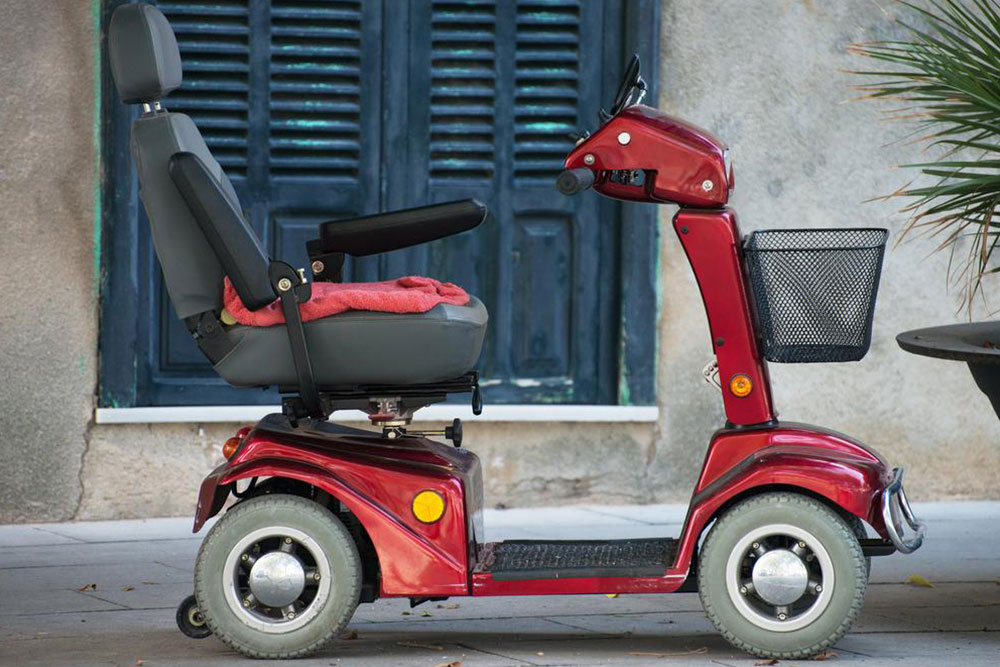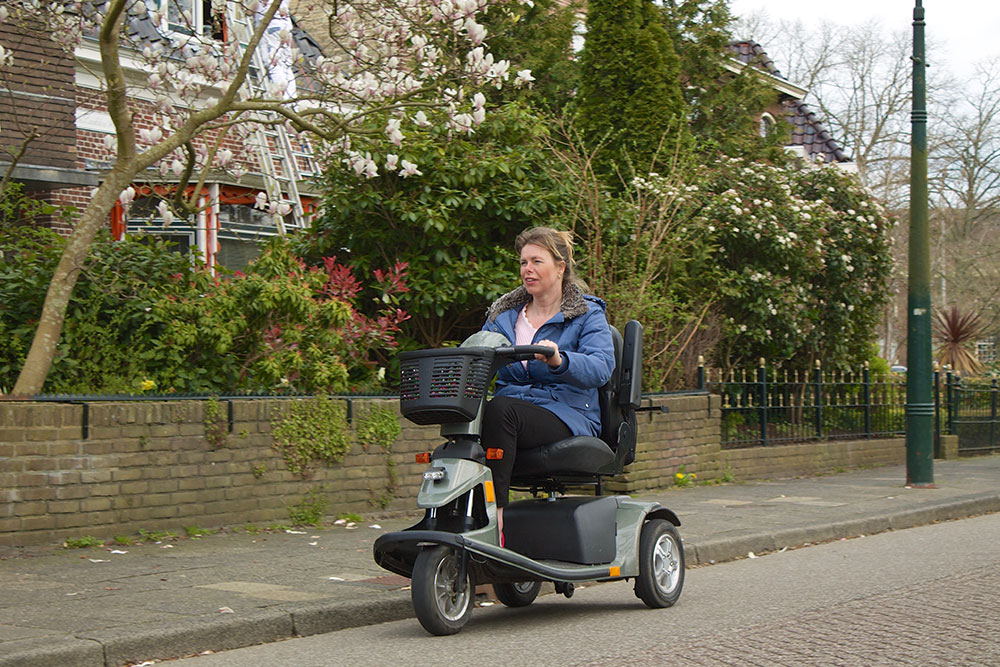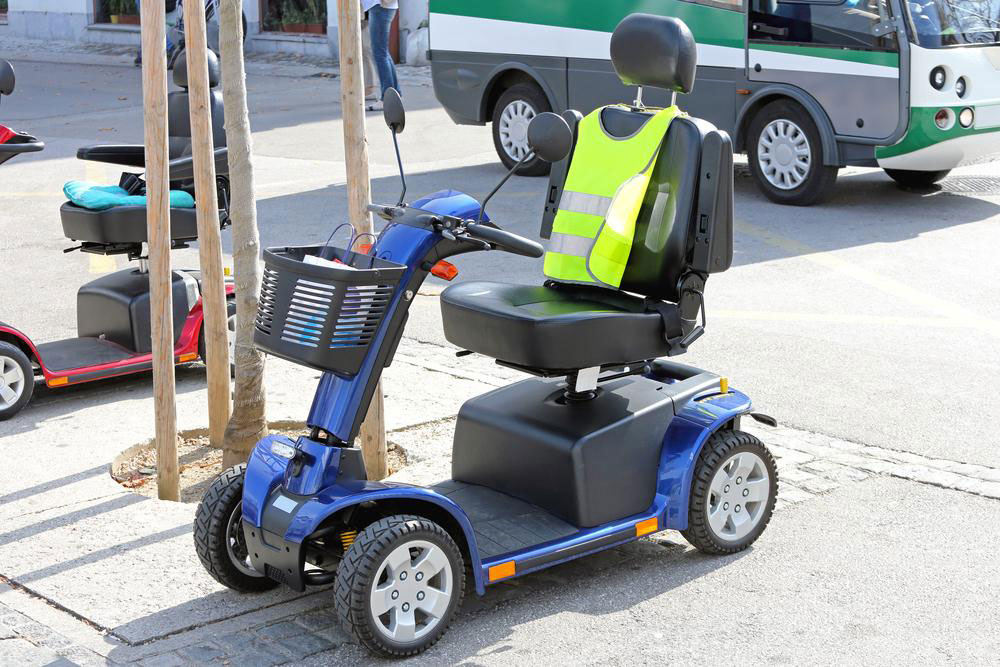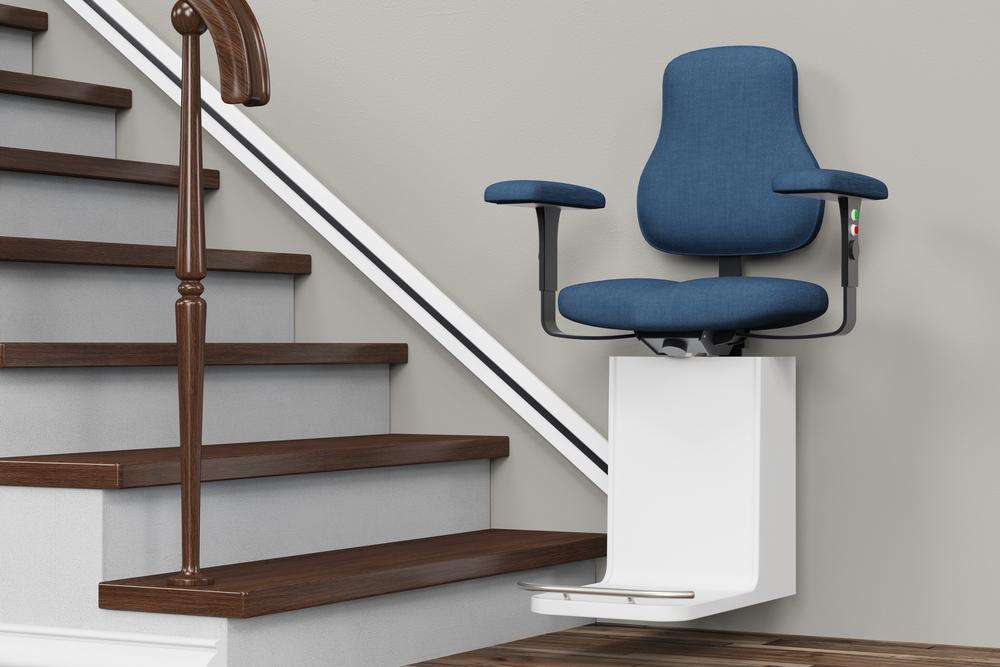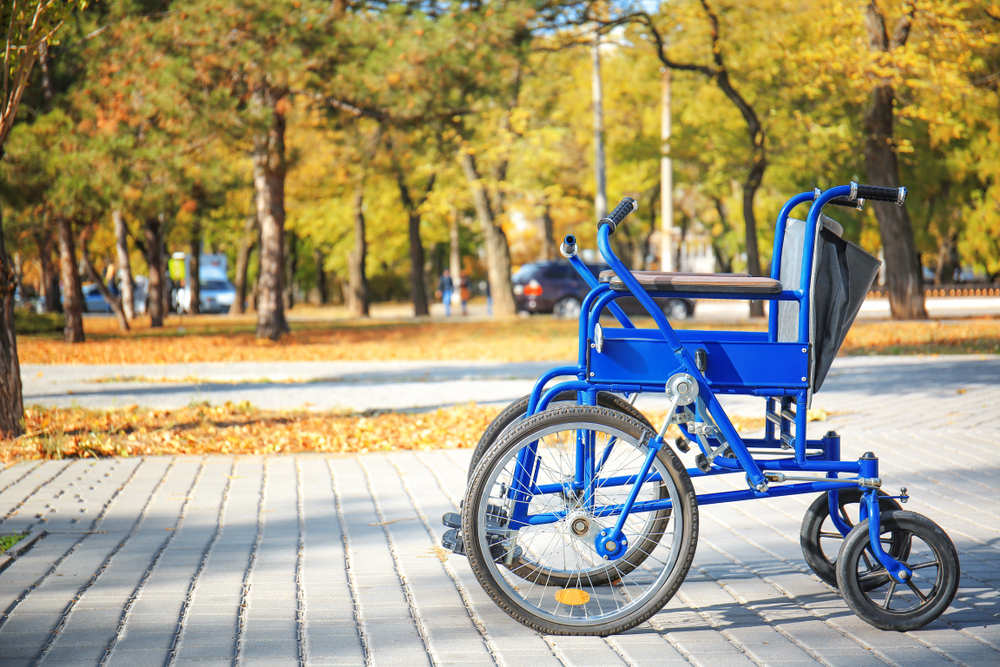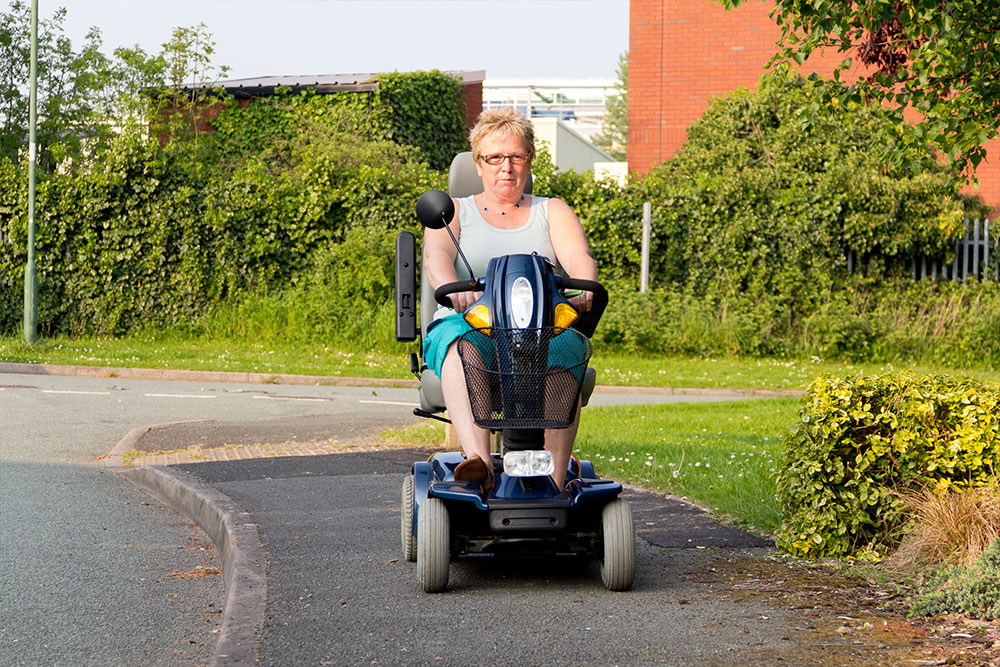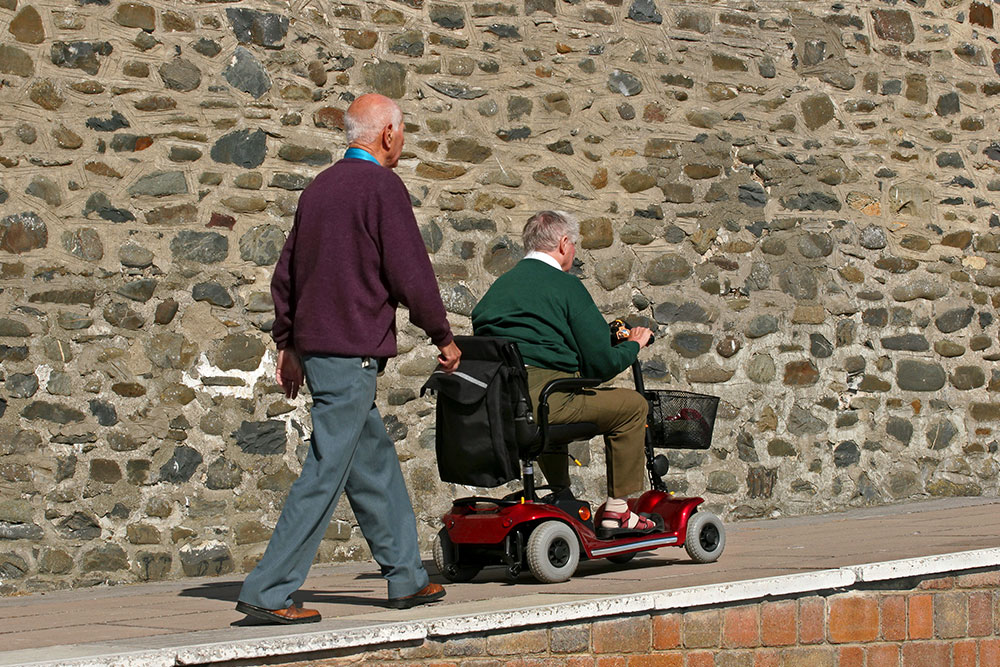Choosing Between Electric Scooters and Motorized Wheelchairs
Explore the key differences between electric scooters and powerchairs to help you make an informed mobility device choice. Understand their features, advantages, and ideal usage scenarios to select the best option for your needs.
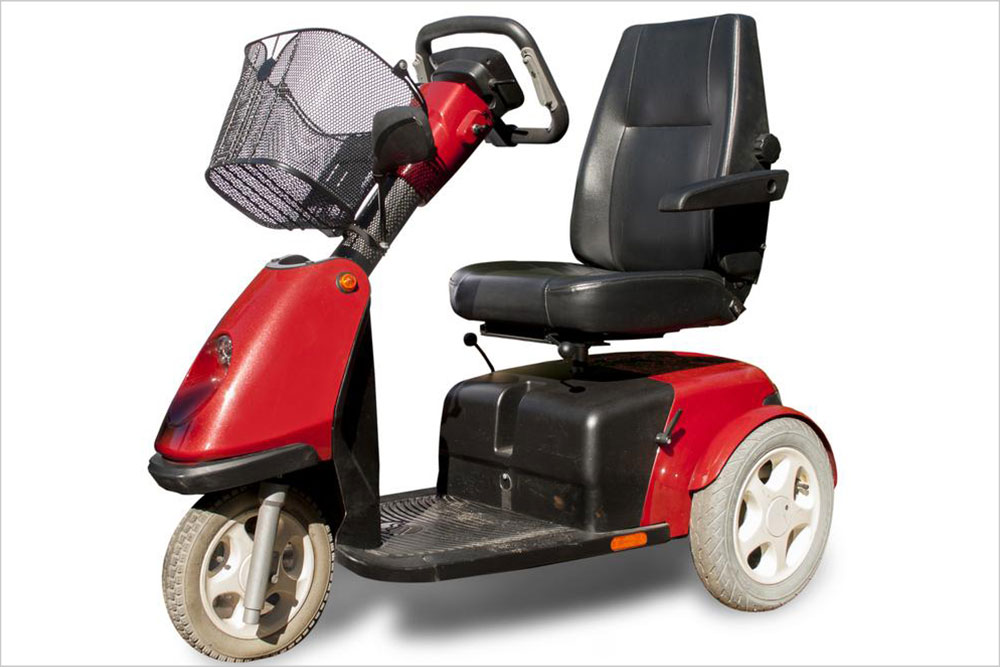
Choosing Between Electric Scooters and Motorized Wheelchairs
Electric scooters and motorized wheelchairs are essential mobility aids that help individuals with limited mobility navigate their surroundings independently. Both devices enhance freedom and ease of movement, allowing users to control their pace comfortably. While they share some similarities, they differ significantly in design and functionality. Understanding the features and benefits of each is crucial before making a decision about which to use. This article explores the differences between electric scooters and powered wheelchairs to assist your choice.
Powered Wheelchairs
Also called electric wheelchairs or powerchairs, these devices replace manual effort with battery-powered motors, making movement effortless for users with limited hand or physical strength.
Powerchair users can operate the device with simple controls such as buttons, offering various advantages including:
Extended travel distances
Easy turning in tight spaces
Capability to navigate rough terrains
Convenience in storage and transport, especially if foldable
These chairs are suitable for users with limited hand mobility or fatigue from manual wheelchairs.Mobility Scooters
Electric scooters resemble traditional scooters and enable users to move around comfortably. Equipped with a battery, swivel seat, and 2-3 wheels, they require the user to steer with both hands and maintain proper balance. Mobility scooters are ideal for those who can walk a few steps and are capable of standing and sitting independently.
Electric Wheelchairs vs. Mobility Scooters
Both devices offer unique benefits and limitations. Key differences include:
Control: Scooters require active balancing and steering with both hands, while powerchairs can be operated with minimal physical effort, often with simple buttons or finger controls.
Portability: Electric wheelchairs are compact and lightweight, fitting easily into car trunks. Many support folding for convenient storage.
Cost: Entry-level powerchairs start around $600, with prices rising depending on features. Mobility scooters are generally more affordable, starting at about $300.
Usage: Powerchairs are versatile for indoor and outdoor use, including rough terrains, whereas scooters excel for longer outdoor journeys.

